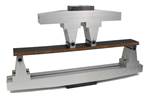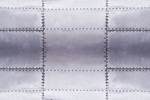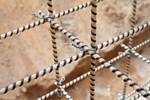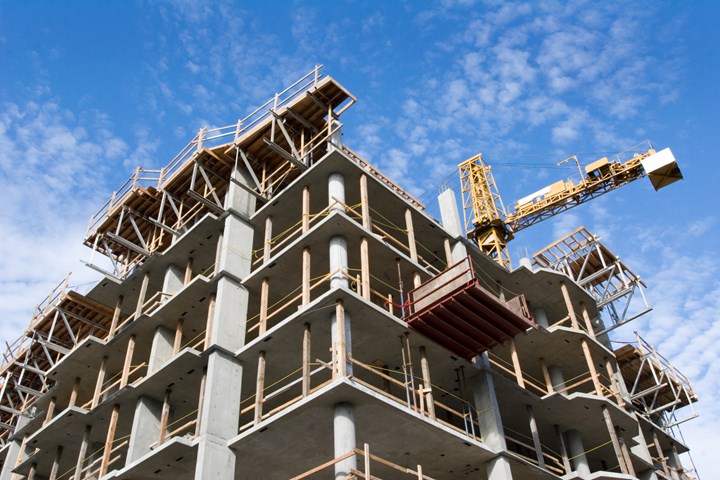ASTM composite materials standard proposals to support new infrastructure
WK83812 and D8505/D8505M standards are relevant to nonmetallic materials that are applied to concrete structures for newly built civil and infrastructure applications.
ASTM International’s (West Conshohocken, Pa., U.S.) composite materials committee (D30) is developed two proposed standards that will have direct practical applications for new-built infrastructure. Both proposed standards are relevant to alternative nonmetallic materials that are applied to concrete structures for civil and infrastructure uses.
“These proposed standards will help further implement nonmetallic materials, while supporting stakeholders in properly selecting composites for their built infrastructure products,” says ASTM member Francisco De Caso. “While these materials are well-established in many other industries, such as aerospace, automotive and communications, wide adoption has not reached the civil engineering community, in part due to lack of specifications, such as the proposed standards.”
The first proposed standard (WK83812) will be used to help prevent concrete cracking and delamination using a composite mesh sheet. The sheet is primarily used for preventing spalled pieces of concrete from detaching from the concrete surface. This aims to reduce the hazard and damage caused by the impact of concrete debris/pieces to vehicles or pedestrians when applied to elements such as bridge floor slabs, girders, wall balustrades and box culverts.
The second proposed standard (WK87882) is being developed due to the surge of implementation of fiber-reinforced polymer (FRP) reinforcement bar in the construction industry. While glass and basalt FRP is used as internal concrete reinforcement, as described in a recently approved D30 specification standard (D8505/D8505M), WK87882 will provide the specifications for use of carbon FRP bars, strands and spirals, which can be used as regular concrete reinforcement and prestressed applications.
“It is worth noting that, to date, hundreds of construction projects have been completed using both the nonmetallic composite mesh and the CFRP bars/strands,” says De Caso. “These proposed standards build on this experience to enable adaptation by stakeholders across the construction industry.”
This effort directly relates to United Nations Sustainable Development Goal #9 on industry, innovation and infrastructure, as well as several of the other UN goals. ASTM welcomes participation in the development of its standards.
For related content, read “Composite test methods (and specifications) for fiber-reinforced concrete structures.”

















